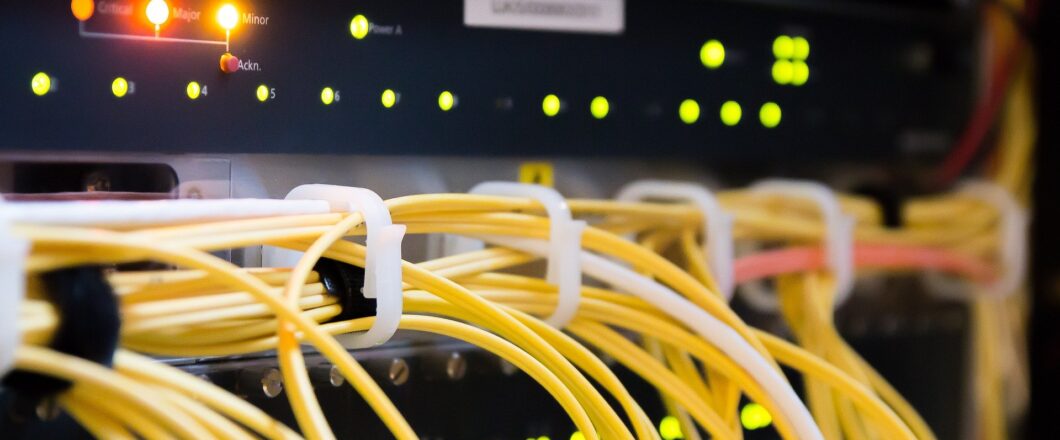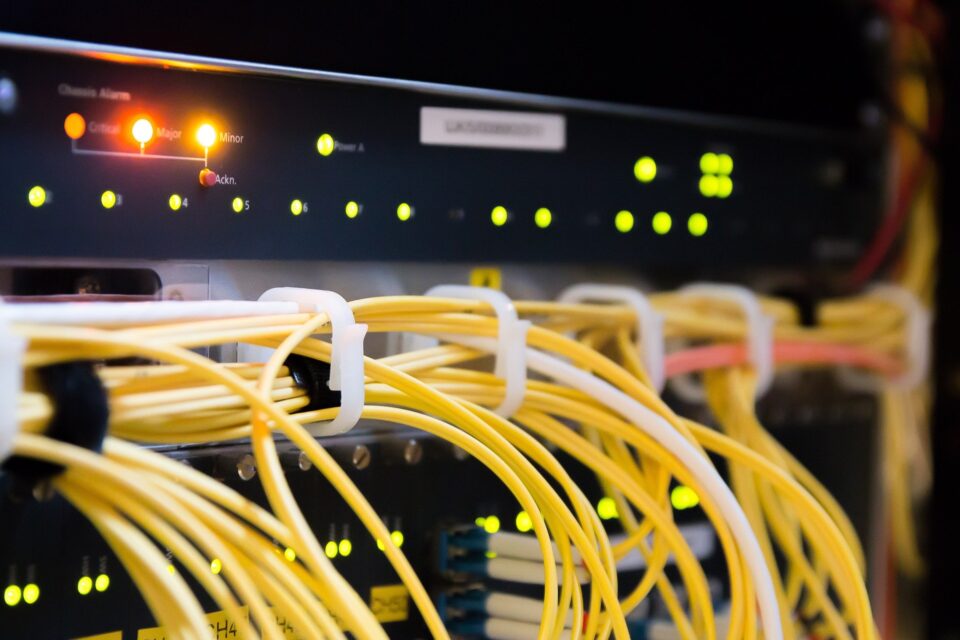

Every second counts when it comes to IT support, as unresolved issues can quickly become costly. And speed is something which Ophtek prides itself on.
The digital business landscape of the 21st century is wide-reaching and informs countless business decisions throughout the day. From emails through to data storage and on to cybersecurity defenses, your IT infrastructure is crucial. Therefore, when there’s an issue with your IT systems, you need these to be resolved quickly, otherwise the financial impact – especially with cybercrime – can be significant.
The Impact of Downtime
Anything which creates an issue for your operational processes is going to have a financial impact. Say, for example, your data storage solutions fail, this is going to restrict the amount of data you have available. This could easily impact your operations by disrupting the way in which you retrieve customer data. Deliveries, which require customer details such as delivery addresses, could be put on hold. This scenario would instantly compromise your ability to invoice, with customers unlikely to pay for goods not received on time.
Likewise, if your email server were to become compromised by threat actors, you risk not only exposing your customers’ data, but also losing a major communication channel. This is a double-edged threat and, again, represents a major financial risk. Aside from your customers taking legal action against you for data violations, there’s the fact you could miss key communications from your customers and suppliers.
Every minute of downtime has the potential to push your business backwards, and it’s vital you can counter this effectively.
Minimize The Impact with a Speedy Response

It’s clear that IT is important for organizations to conduct their day-to-day operations, and any disruption to this will have major ramifications. The best way to minimize this is by ensuring you can launch a quick response. This will reduce your downtime and allow your organization to get its business operations back on track. Furthermore, it will minimize any financial risk e.g. allow you to resume order processing and any billing processes. And in today’s competitive business landscape, this is essential.
The best way to plan and execute quick IT support response claims is by partnering yourself with an established IT support provider, such as Ophtek. With a long track record of providing speedy and professional support, we can ensure that any IT downtime is kept to a minimum. Nonetheless, you can still put measures in place to help minimize your IT issues and facilitate our response:
- Regular training: IT issues need to be reported, but you need to make sure that your team members know when to identify issues which require an IT professional. A malware threat, for example, always needs reporting, but something minor such as selecting a default printer in Word can probably be dealt with in-house.
- Provide contact numbers: the members of your organization need to know who to contact in the case of an IT emergency, so these contact details need to be made available to every member of staff. A simple way of achieving this is by creating a contact in your phone systems, but it’s also a good idea to display a contact number on every user’s desktop.
For more ways to secure and optimize your business technology, contact your local IT professionals.
Read More








